September 2025 — A new set of observations of the interstellar visitor 3I/ATLAS shows a dramatic transformation: a distinctly growing tail and glowing coma are now visible as it speeds through our solar system.
Stellar Imager Reveals the Surprise
Using the powerful Gemini South telescope in Chile, astronomers captured a compelling image of 3I/ATLAS streaking across a dense starry backdrop. The comet’s head, or coma, now radiates brightly while a new tail—pointing directly away from the Sun—extends across the frame. Unlike earlier snapshots where the tail was faint or barely visible, the recent photos reveal a pronounced tail stretching about 30 arcseconds in the sky.
A Rare Traveler from Beyond
This celestial object, only the third confirmed interstellar visitor, was first identified last July. It has captured attention for not only passing through our solar system but also demonstrating active cometary behavior—unlike the eerily quiet ‘Oumuamua and the more conventional Borisov before it. As 3I/ATLAS nears the Sun, its ices are sublimating, releasing dust and gas that now trail behind it.
What the Tail Teaches Us
- Activity Indicator: The growing tail confirms that the comet is actively ejecting material—evidence of heat-driven ice vaporization, just like solar system comets.
- Material Clues: Analysis of the tail’s composition may offer clues about the makeup of icy bodies from other star systems.
- Comparative Science: With prior interstellar visitors behaving differently, 3I/ATLAS offers a fresh data point in our understanding of how planetary systems elsewhere might form and evolve.
Looking Ahead: A Brief Cosmic Visit
The comet is trending toward its closest point to the Sun, known as perihelion, in late October. Although it will then be on the far side of the Sun and largely unobservable, it’ll swing closer to Earth by December—still at a safe distance. In the meantime, astronomers are watching closely to track how its tail and coma continue to evolve.
Snapshot Summary
| Aspect | Details |
|---|---|
| Tail Visibility | Newly detectable, stretching about 30 arcseconds |
| Revealed By | Gemini South telescope observations |
| Significance | Confirms active comet behavior in an interstellar visitor |
| Upcoming Milestones | Perihelion in late October; Earth flyby in December |
This rare visitor from interstellar space is not just a fleeting spectacle—it’s a scientific treasure. Its emerging tail provides a window into the makeup of distant comets and the processes that craft them.





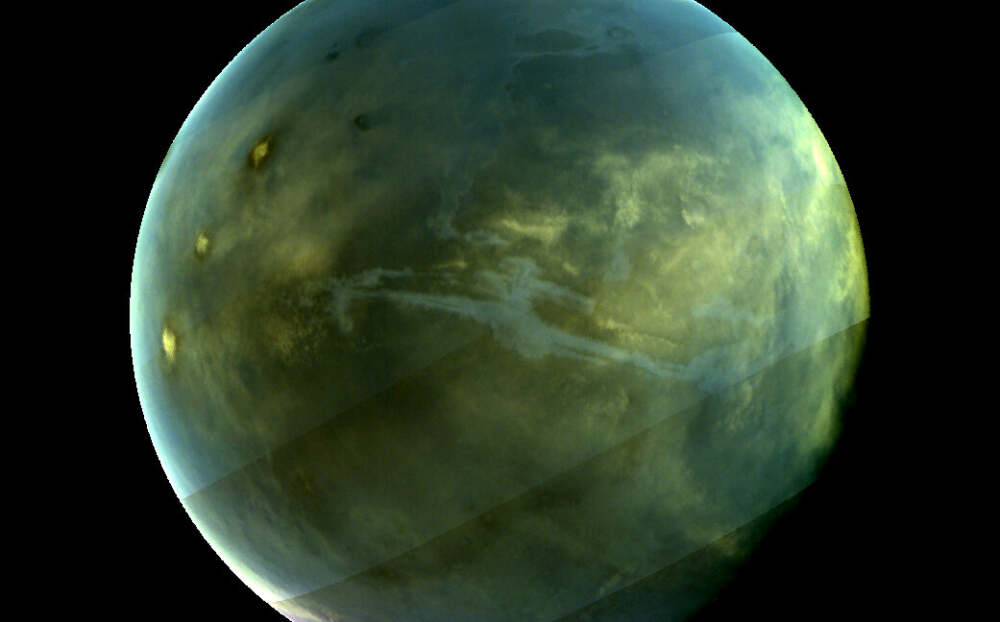
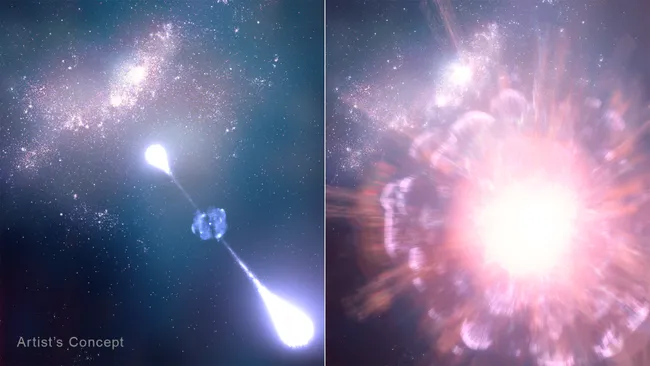
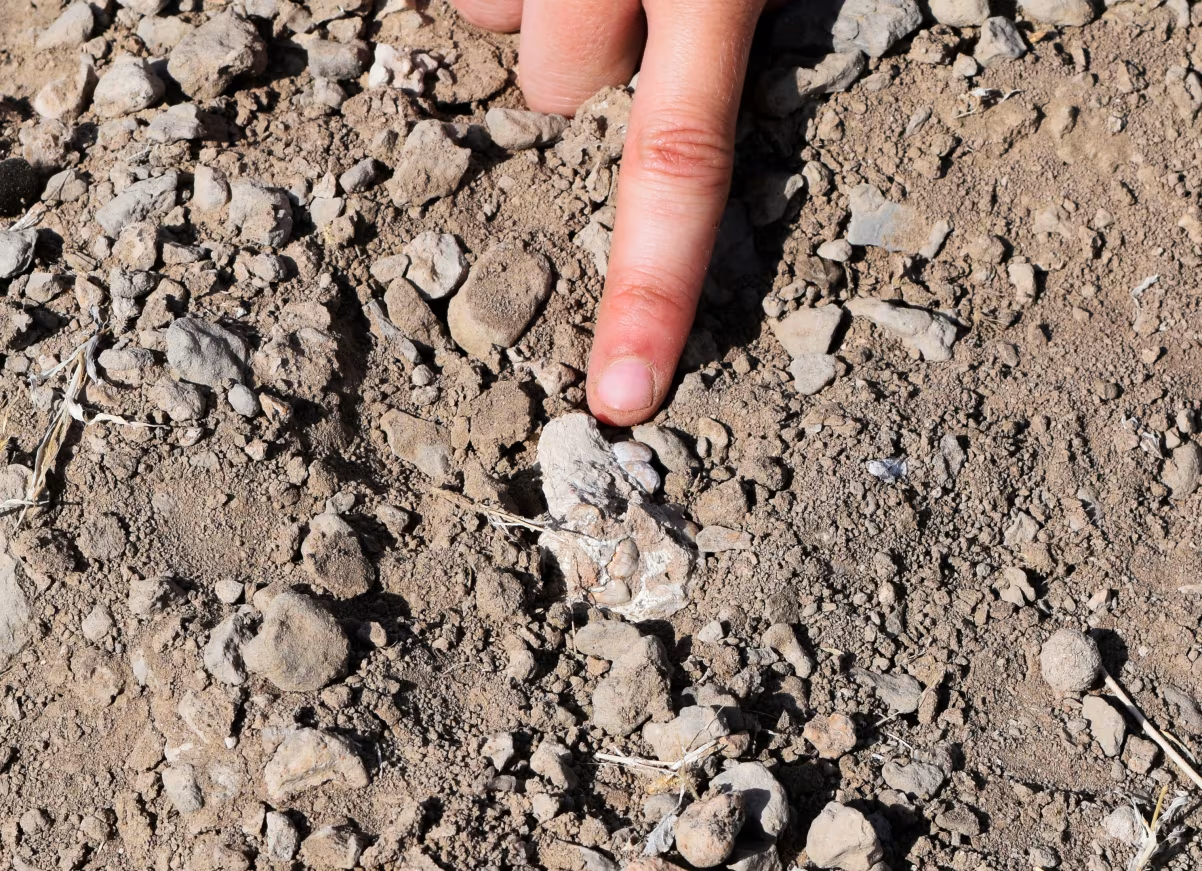
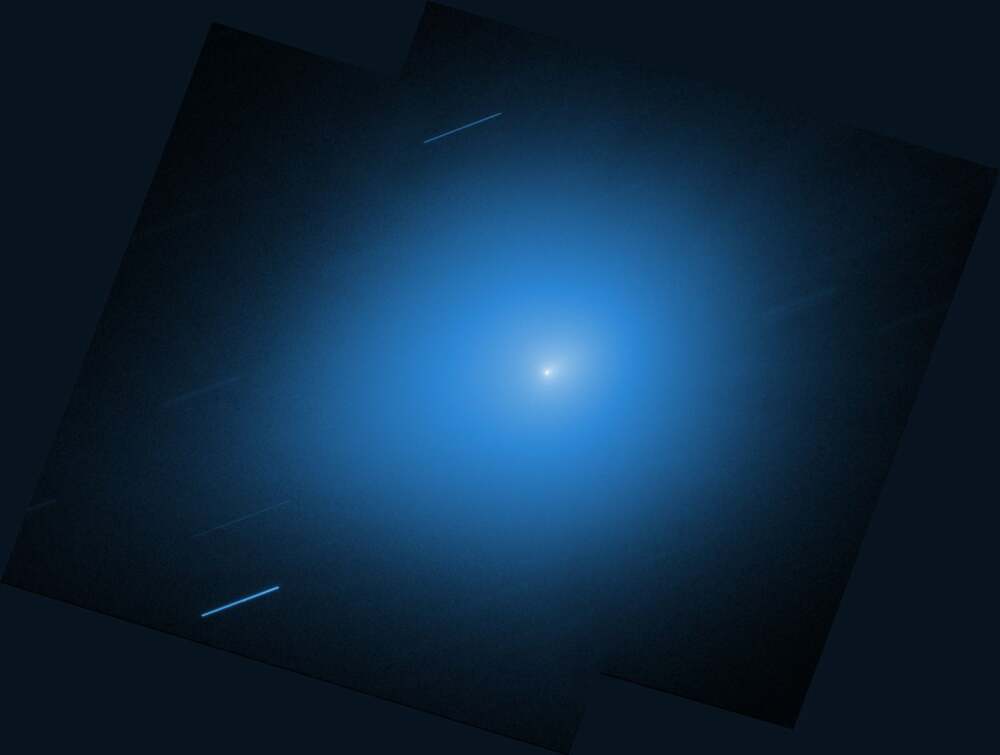
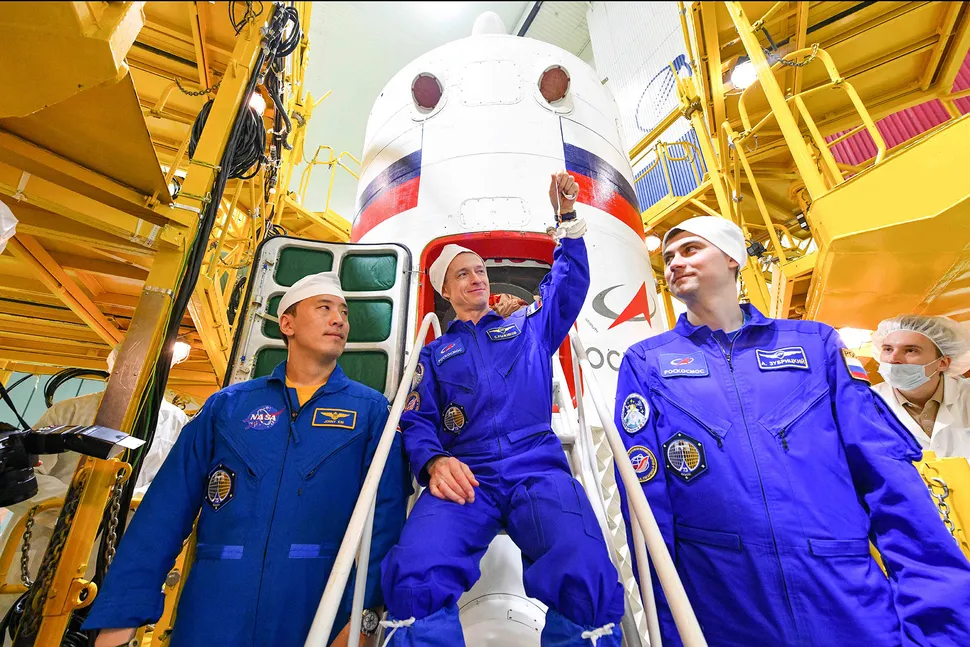

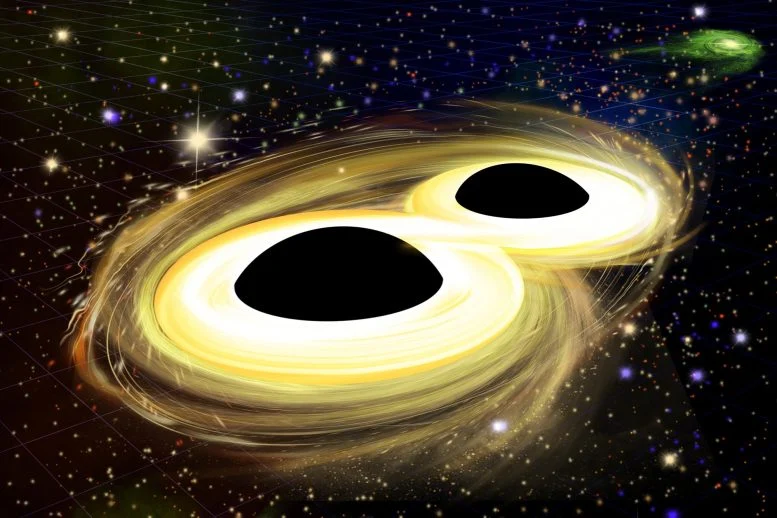
Leave a Reply